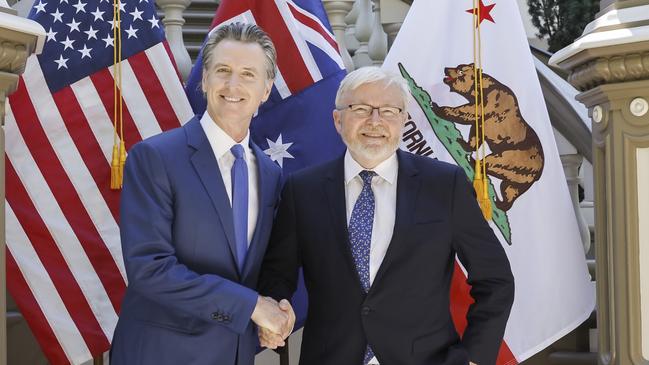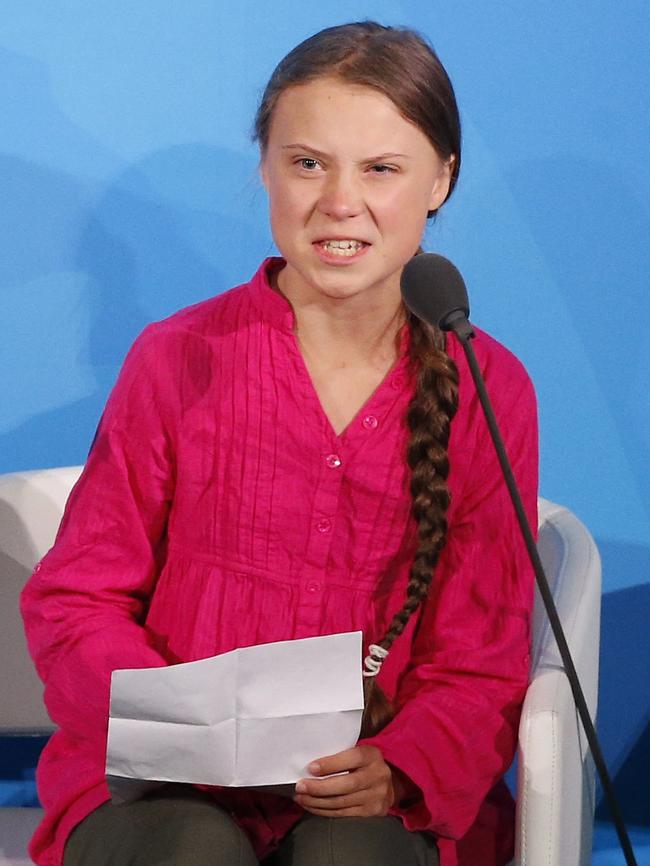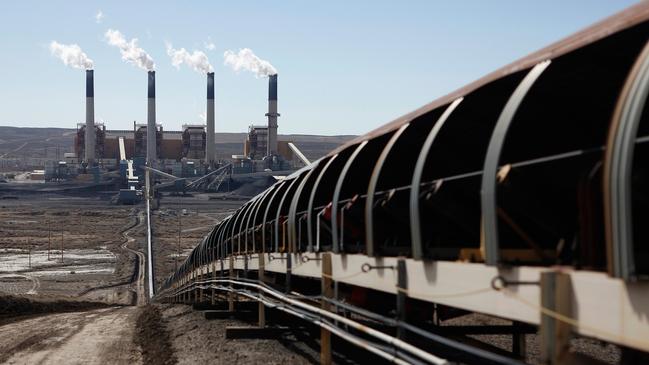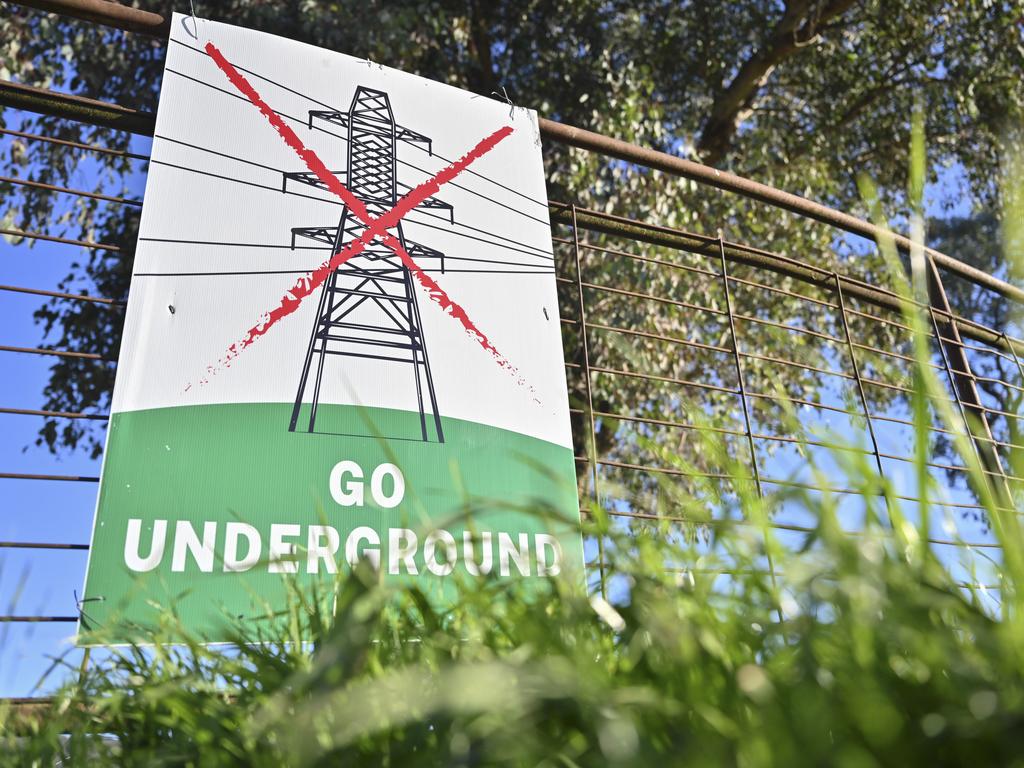Australia-California: A climate partnership made in la-la land
Whatever pact California and Australia make won’t make a scrap of difference to the global climate, given the increases in carbon dioxide emissions in India and China.

In what seemed like a classic Freudian slip, Governor Newsom expressed shock at the level of interest in the MOU. “This is a hell of a turnout – we are not used to this many people, particularly for something like this,” he said. Of course, he was right.
After ploughing through 1600 words of waffle, the reader learns the MOU “does not create any legally binding rights or obligations and creates no legally recognisable or enforceable rights or remedies, legal or equitable, in any forum whatsoever”.
“This MOU may be modified at any time by mutual consent,” it concluded unnecessarily, given neither party agreed to do anything. The high point of the small section on “specific activities” was “organising joint symposiums, seminars, workshops … hosting trade and investment missions”, which in practice translates to more taxpayer-funded business-class flights across the Pacific.

A better MOU would have spelled out how California’s and Australia’s energy policies have produced among the highest electricity prices in the world at the same time as their leaders have promised to reduce them, although even Newsom hasn’t had the audacity to promise household power bills would fall by $275 a year by 2025, as Labor did at the federal election last year.
California’s power prices are now the highest in the US, except for far-flung Hawaii and Alaska. In Los Angeles residents paid an average of 28c a kilowatt hour for electricity last month, according to the US Bureau of Labour Statistics.
Statewide prices are more than 77 per cent above the national average, up from 37 per cent above in 2012. But, unlike Australians, at least Californians can move to states with lower prices. Despite California’s salubrious weather and natural beauty, residents have been leaving the nation’s most populous state in droves – at first pushed out by extreme Covid-19 measures, but increasingly by a cost-of-living and a broader socio-economic crisis.
The state’s population, according to the government’s own figures, has declined three years in a row, to 39 million. In total that’s almost 600,000 people, more than the population of Tasmania or Wyoming, between April 2020 and January this year.
The MOU also promised to convene “policy dialogues” with “suitable government administrators, regulators, legislators and thought leaders”. It’s uncertain whether renowned Swedish climate expert Greta Thunberg, who once derided nuclear power as “extremely dangerous”, will make the cut. Last year Thunberg acknowledged turning off nuclear power stations in Europe was a mistake given the huge increases in fossil fuel power generation that had led to.
Indeed, the word nuclear isn’t mentioned once in the MOU, which advocated instead for “participation and leadership of Indigenous peoples in climate action” and “nature-based solutions and climate-smart land management” – what on earth these mean is anybody’s guess. Solar and wind generated abut 25 per cent of electricity in both Australia and California last year, and each are near equally ambitious.

Despite the obvious advantages in reliable and emissions-free power, Australia has ruled out any nuclear energy generation (except in submarines) while holding fast to its 82 per cent renewable power target by 2030.
California has legislated 90 per cent by 2035, although the Golden State has one big advantage over Australia achieving its goal: nuclear energy. Unreliable power evangelists aren’t stupid enough to plunge their economies into darkness just yet, knowing that could turn voters against their utopian project. In January, California rescinded an earlier decision to shut down its last nuclear power station at Diablo, a 2.2-gigawatt facility that is the state’s single biggest source of power, providing a little more than 10 per cent energy.
In the similarly strong Democrat state of Illinois – which maintains a similar brand of Democrat politics as California – 11 nuclear power plants generate about 50 per cent of the state’s electricity and the average electricity price was about half of California’s in 2021, according to the US Energy Information Administration.
A more honest MOU would have included a pledge to ignore scientific and economic reality. In France, which generates around 75 per cent of its electricity from nuclear power and has the among the lowest carbon dioxide emissions in the world per capita, a law was passed in May to pave the way for the construction of another six to eight nuclear reactors, rather than plaster the French countryside with hideous solar panels and gigantic windmills.

“I’ve been around for a long time on the climate change debate,” Rudd said at the Sacramento launch. “Way back when I pronounced in Australia that climate change was the greatest economic, environmental and moral challenge of our generation I was ridiculed. I make no apology for saying it then. And I make no apology for repeating it now.”
California’s departing residents may disagree, pointing to other more pressing challenges. San Francisco’s social decline has become so egregious that tour guides have started offering “doom loop” tours. Major department stores are leaving the state or locking up their products. Parts of Los Angeles and San Francisco look increasingly like an open-air asylum.
Even as California’s population shrinks, violent crime and property crime have increased since 2020 by 11 per cent and 7 per cent, respectively, according to the state attorney-general’s latest 2022 crime statistics.
Whatever agreements California and Australia make won’t make a scrap of difference to the global climate, given the near entirety of additional increases in carbon dioxide emissions now arise in India and China.
The idea of modern economies being powered entirely by wind and solar is a fantasy, technologically and economically, yet one that holds powerful sway among a very rich virtue-signalling elite, often living in gated communities, for whom California’s rising prices and crime mean relatively little.
California dreaming for the few, not the many.








Last week, Australian ambassador to the US Kevin Rudd and California Governor Gavin Newsom signed a memorandum of understanding in Sacramento on climate change. It should have been called a memorandum of waffle, as both governments jointly promised to do precisely nothing.